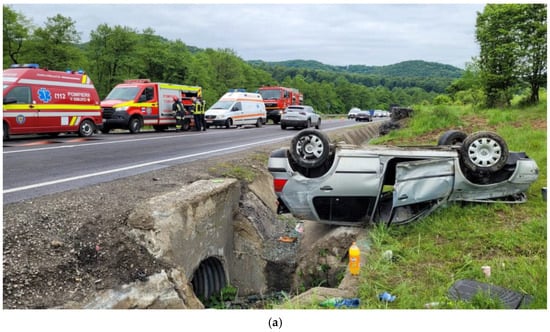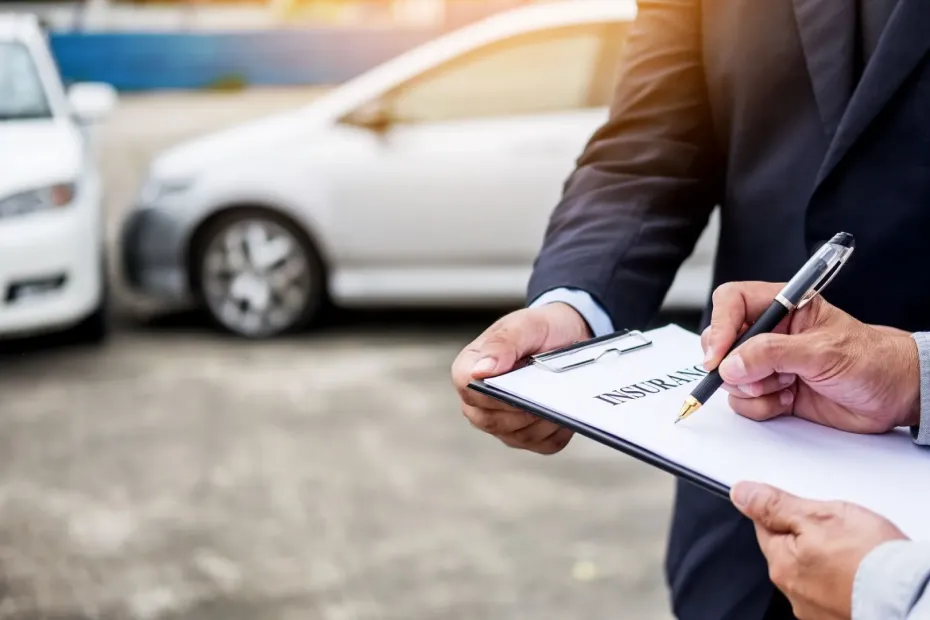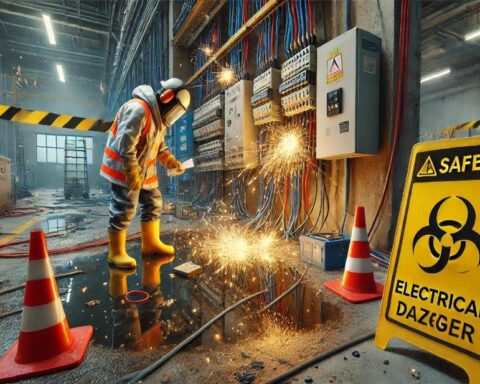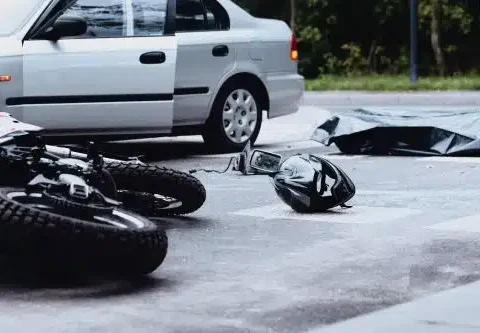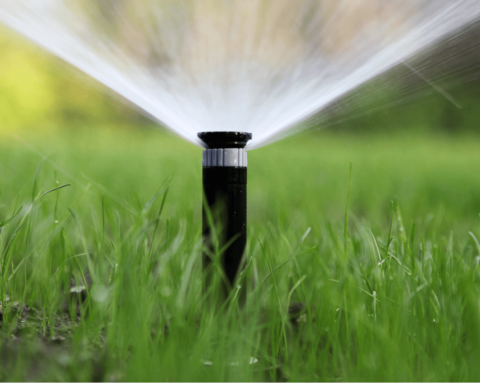The design of an SUV can significantly impact the severity of injuries in the event of a rollover. Sub rollover accident injuries are often more serious due to the vehicle’s structural weaknesses or lack of rollover protection. Manufacturers’ decisions around safety features can have a major impact on the safety of SUV occupants during a rollover.
Understanding Rollover Accidents
Rollover accidents are among the most dangerous types of vehicle crashes, often resulting in severe injuries or fatalities. These incidents occur when a vehicle tips onto its side or roof due to a combination of factors, including speed, road conditions, and vehicle design.
Types of Rollover Accidents
Rollovers can be categorized into two main types:
- Tripped rollovers: These occur when a vehicle’s tires hit an object or uneven surface, causing it to tip over.
- Untripped rollovers: Less common; these happen when a vehicle loses stability during a high-speed maneuver.
Factors Influencing Rollover Accidents
Several elements contribute to the likelihood and severity of rollover accidents:
- Vehicle type: SUVs and trucks have a higher center of gravity, increasing their rollover risk.
- Speed: Excessive speed significantly raises the chances of a rollover, especially during turns.
- Road conditions: Wet or icy roads can reduce traction and lead to loss of control.
- Driver behavior: Sudden swerving or overcorrection can trigger a rollover.
Understanding these factors is crucial for preventing sub rollover accident injuries. Vehicle manufacturers continually work to improve design elements that can mitigate the risk and consequences of rollovers, such as reinforced roof structures and electronic stability control systems.
How Vehicle Design Plays a Role
Vehicle design significantly influences the severity and outcome of rollover accidents. Manufacturers have made substantial strides in improving safety features to mitigate the risks associated with these potentially deadly incidents.
Structural Integrity
The strength of a vehicle’s roof is crucial in protecting occupants during a rollover. Modern cars are designed with reinforced roof structures to withstand the impact forces in rollover accident injuries. This enhanced structural integrity helps maintain the passenger compartment’s shape, reducing the risk of severe crush injuries.
Safety Systems
Advanced safety systems play a vital role in preventing and mitigating rollover accidents. Electronic Stability Control (ESC) helps drivers maintain control of their vehicles in challenging situations. Additionally, side curtain airbags deployed during a rollover provide critical protection for occupants’ heads and upper bodies.
Center of Gravity
A vehicle’s center of gravity significantly affects its stability and rollover susceptibility. SUVs and trucks, with their higher ground clearance, traditionally had a higher risk of rolling over. However, modern designs have lowered the center of gravity in these vehicles, making them more stable and less prone to tipping.
Reducing the Risk of Rollover
Design Innovations for Safety
Vehicle manufacturers have significantly reduced the risk of rollover accidents through innovative design features. One key advancement is the implementation of Electronic Stability Control (ESC) systems. These sophisticated systems continuously monitor a vehicle’s movement and can automatically apply brakes to individual wheels when a potential rollover is detected. This technology has proven particularly effective in preventing sub rollover accident injuries.
Structural Enhancements
Modern vehicles are now built with reinforced roof structures and stronger pillars to withstand the forces involved in a rollover better. These enhancements significantly reduce the risk of roof collapse, a major cause of serious injuries in rollover accidents. Additionally, using high-strength materials in the vehicle’s frame helps maintain the integrity of the passenger compartment during a rollover event.
Weight Distribution and Center of Gravity
Engineers have focused on optimizing weight distribution and lowering the center of gravity in vehicle designs. This approach makes vehicles less prone to tipping over during sudden maneuvers or collisions. By carefully positioning heavy components like engines and batteries, designers can create a more stable platform that is less likely to experience a rollover, even in challenging driving conditions.
Final Thoughts
As you’ve seen, vehicle design is crucial in determining the severity and outcome of rollover accidents. Each element contributes to occupant safety, from roof strength to side curtain airbags. By understanding these design factors, you can make more informed decisions when purchasing a vehicle and advocating for improved safety standards.
Keep an eye for more latest news & updates on Essential Tribune!

